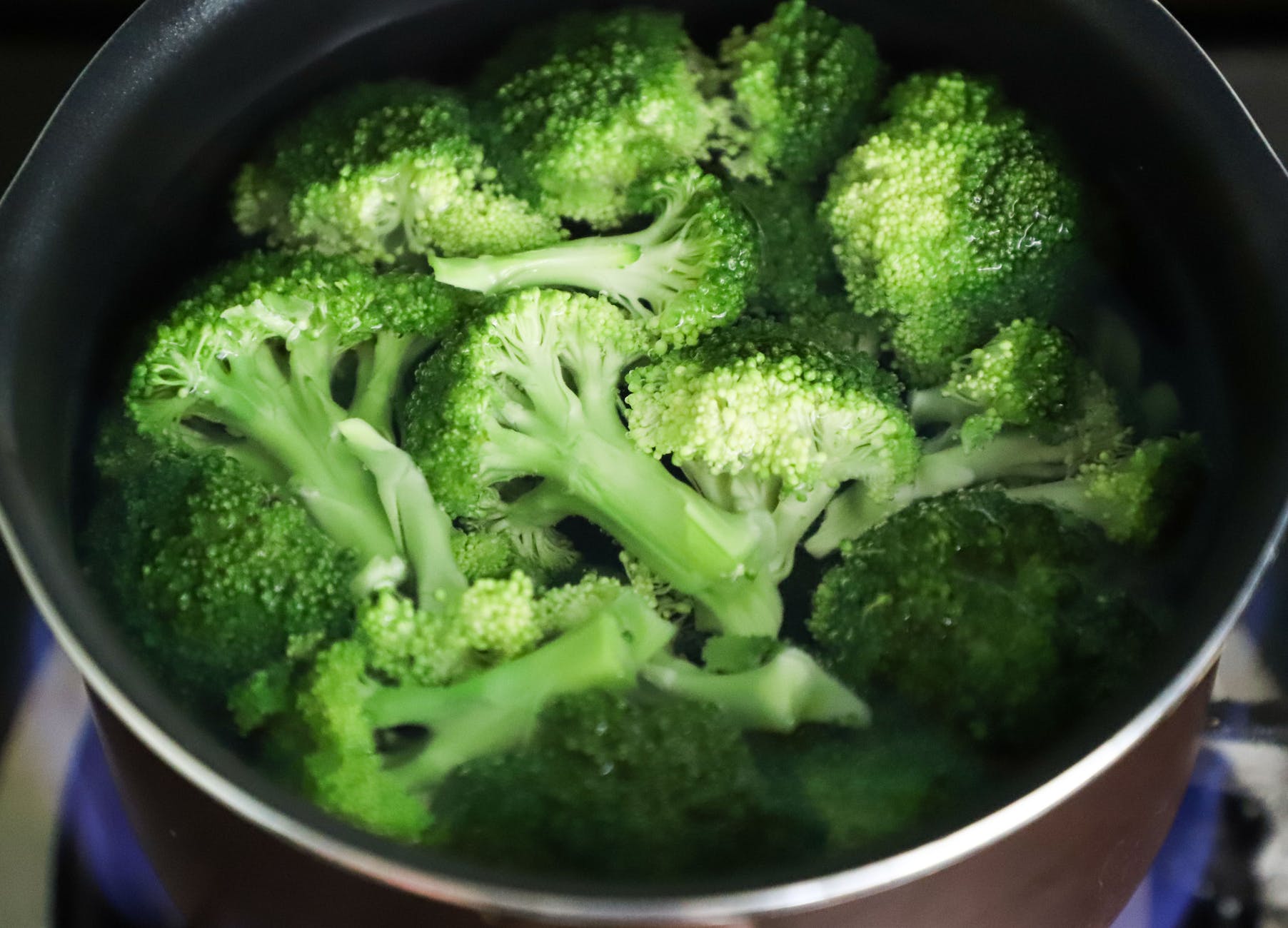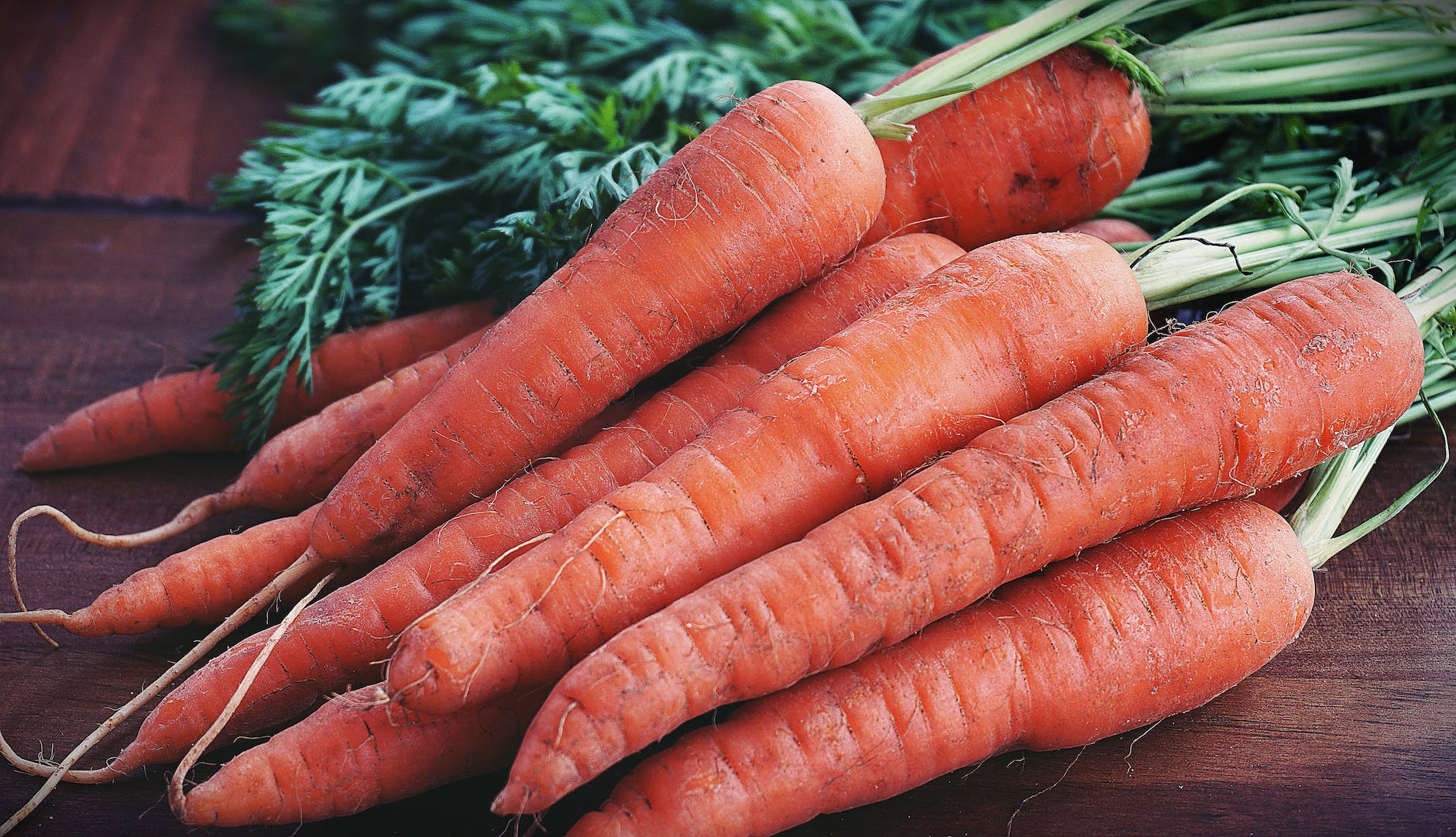
Hey there, wellness warriors! Are you ready to level up your electrolyte game with a burst of vibrant flavors and natural healing powers? 🌿✨ Say goodbye to bland hydration and get ready for a cinnamon and turmeric-infused adventure that will leave you feeling rejuvenated and refreshed! 🍃🌶️💦
In this invigorating post, we’re diving deep into the world of DIY electrolyte drinks that harness the incredible benefits of cinnamon and turmeric. These powerful spices not only add a delightful warmth to your beverages but also bring a host of health-boosting properties to support your overall well-being. Get ready to sip your way to natural recovery! 💪💧
Without further ado, let’s explore five tantalizing recipes that will take your electrolyte game to new heights:
🌟 Golden Spice Refresher: The Radiant Recharge ☀️🌟 Kickstart your day with a vibrant blend of coconut water, a dash of cinnamon, a squeeze of fresh lemon, and a drizzle of honey. The combination of cinnamon and lemon adds a zesty and comforting note, while honey brings a touch of natural sweetness. This golden elixir is packed with antioxidants and electrolytes to give you the radiant energy you need to seize the day! ✨🍋
🌶️ Turmeric Zing Fizz: The Revitalizing Sparkler 🔥💥 Prepare for a fizzy adventure with this sparkling concoction! Mix coconut water with a sprinkle of turmeric, a pinch of black pepper (to enhance turmeric’s bioavailability), a squeeze of lime, and top it off with sparkling water. The turmeric adds a warm and earthy flavor, while the lime brings a refreshing twist. Get ready to feel revitalized with every sip of this effervescent delight! 🌟🍹
🍵 Spiced Chai Elixir: The Cozy Replenisher ☕🌿 Indulge in the comforting flavors of a spiced chai-inspired electrolyte drink. Brew a cup of your favorite herbal tea, such as rooibos or green tea, then add a sprinkle of cinnamon, a pinch of turmeric, a dash of nutmeg, and a drizzle of maple syrup. The aromatic spices create a cozy and nourishing beverage that not only hydrates but also soothes your senses. It’s like a warm hug in a mug! 🍵🤗
🥤 Tropical Turmeric Twist: The Exotic Hydrator 🏝️🍹 Transport yourself to a tropical paradise with this delightful blend of coconut water, turmeric, fresh pineapple juice, and a squeeze of orange. The combination of turmeric’s earthiness, pineapple’s sweetness, and orange’s tanginess creates a tropical symphony of flavors. Sip on this exotic elixir, and let your taste buds embark on a mini vacation! 🌴🍍
🌱 Cooling Turmeric Mint Splash: The Refreshing Rejuvenator 🌿❄️ Beat the heat and stay hydrated with this cooling elixir. Infuse coconut water with a hint of turmeric, a handful of fresh mint leaves, a squeeze of lime, and a touch of agave syrup. The turmeric adds its distinctive warmth, while the mint leaves provide a cooling sensation. Sip on this revitalizing concoction to keep yourself cool and refreshed, no matter the temperature outside! 🌞❄️
There you have it, my adventurous friends! These tantalizing recipes are just the beginning of your cinnamon and turmeric-spiced hydration journey. Get creative, tweak the recipes to your liking, and let your taste buds guide you to discover your favorite combinations!
Remember, staying hydrated has never been this delicious and invigorating. Embrace the power of cinnamon and turmeric, and let these natural wonders elevate your wellness journey to new heights.
Stay spiced up and vibrant, my fellow flavor explorers! 🌶️💛✨













